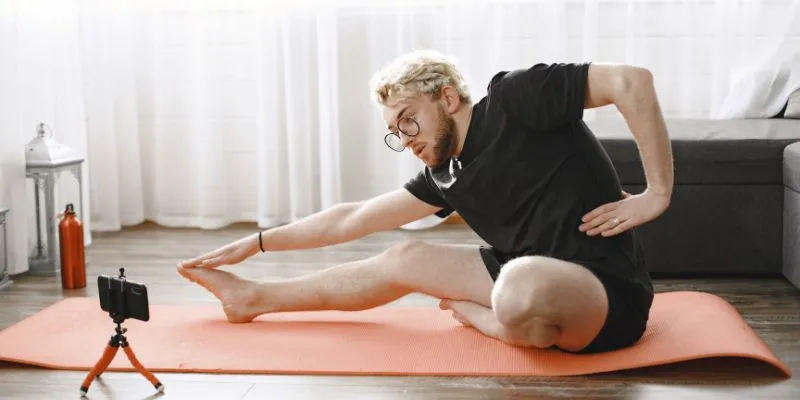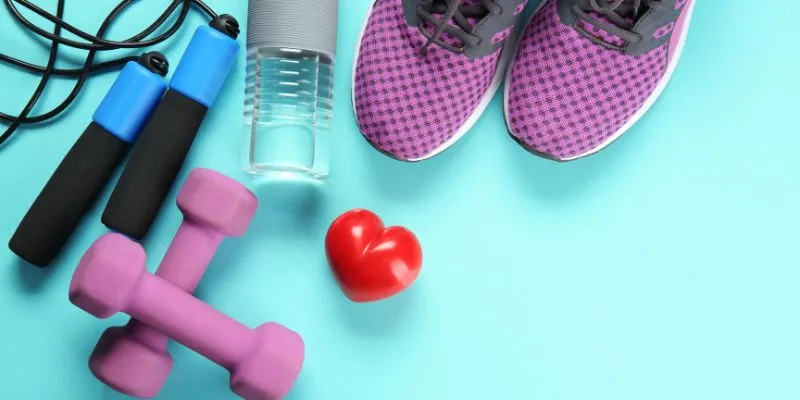How to Start a Workout Routine
Starting a workout routine can be intimidating, especially if you’re new to exercise. You might wonder where to begin, how to stay motivated, or which exercises to choose. The good news is that creating a workout routine doesn’t have to be difficult. With the right approach, you can develop a schedule that fits your lifestyle and helps you achieve your goals.
A basic strategy is ideal for starting any goal—whether it’s weight loss, strength building, or improving overall health. This guide will walk you through simple steps to design an exercise program tailored to you. You’ll learn how to set goals, find beginner-friendly exercises, and maintain motivation throughout your journey. Starting small and staying consistent will help you build a lasting habit. Let’s embark on your path to better health.

Why You Should Start a Workout Routine
Starting an exercise routine offers numerous benefits. It enhances your overall health, boosts energy levels, and improves mood. Regular exercise strengthens your muscles, bones, and heart. By starting slowly and staying consistent, you can more easily develop healthy habits. Here’s how to kick off your workout routine as a beginner.
Setting Realistic Goals
Before you begin, clearly and realistically define your goals. Ask yourself, why do you want to work out? Are you aiming to increase endurance, build muscle, or lose weight? Your goals will guide your exercise program. Start with small, achievable objectives. For example, aim to exercise three times a week for 20 minutes. As you improve, you can increase the duration or intensity of your workouts. Setting goals helps you maintain focus and motivation. Remember, patience is key—results take time. Your body needs time to adapt and grow stronger.
Create a Workout Schedule
Consistency is crucial in developing an exercise habit. Create a weekly fitness plan to maintain regularity. Schedule specific days and times for your workouts. For instance, you might choose to exercise on Monday, Wednesday, and Friday mornings. Initially, block out 30 minutes for each session. You can extend this to 45 minutes or an hour as you progress. Incorporate exercise into your daily routine to make it a regular habit. Don’t forget to schedule rest days in your plan. Rest is as important as exercise, allowing your muscles to recover and grow. A balanced mix of work and rest prevents burnout.
Start with Simple Exercises
For beginners, starting with simple exercises is advisable. Focus on full-body movements that target multiple muscle groups. Here are some beginner-friendly exercises:
- Walking: Walking is a great low-impact exercise that can be done anywhere.
- Bodyweight Squats: Squats help strengthen your core and legs. Start with ten squats and gradually increase the number.
- Push-ups: Push-ups work your shoulders, arms, and chest. If regular push-ups are challenging, try knee push-ups.
- Plank: Planks build core muscles. Hold the position for 20 seconds, gradually increasing as you gain strength.
- Lunges: Lunges improve balance and work your legs. Start with ten repetitions per leg.
Begin with two to three sets of each exercise, two to three times a week. As you grow stronger, you can add more exercises or increase intensity.
Add Variety to Your Workouts
Repeating the same exercises daily can become monotonous. Adding variety to your workouts keeps them exciting. Try incorporating various forms of exercise , such as:
- Cardio: Cardio exercises like swimming, cycling, and jogging improve heart health and endurance.
- Strength Training: Use weights and resistance bands to build muscle in strength training.
- Yoga: Yoga enhances flexibility, balance, and mental relaxation.
- HIIT: High-Intensity Interval Training (HIIT) combines short bursts of intense activity with rest intervals.

Warm-Up and Cool Down
Always warm up before starting your workout. Warming up reduces the risk of injury and prepares your body for exercise. A good warm-up increases blood flow to your muscles and raises your heart rate. A basic warm-up can include five to ten minutes of light aerobic exercise —like jogging, walking, or jumping jacks. Include dynamic stretches, such as leg swings or arm circles, in your warm-up. It’s also essential to cool down after exercising. Cooling down helps your body return to equilibrium. Spend five to ten minutes moving slowly and stretching to improve flexibility and reduce muscle soreness.
Listen to Your Body
Pay attention to your body as you begin your exercise routine. Feeling sore after a workout is normal, but avoid overexerting yourself. Stop and rest if you experience sharp pain or discomfort. Overtraining can lead to injury and burnout. Recovery requires rest days. Plan to include at least one or two rest days each week. Use this time for relaxation, stretching, or low-intensity activities like walking. Nutrition and hydration are also crucial. Drink water before, during, and after your workout. Eating balanced meals with protein, carbohydrates, and healthy fats aids recovery and fuels your body.
Stay Motivated
Your motivation is key to sticking with your exercise routine. Find ways to make exercise enjoyable. Consider joining a fitness class, working out with a friend, or listening to music. Tracking your progress can boost motivation. Keep a log of your workouts and celebrate small achievements. For instance, if you can do more push-ups this week than last, that’s progress. Remember, setbacks are normal. Don’t get discouraged if you miss a workout or don’t see immediate results. Focus on your long-term goals and keep going.
Conclusion
Starting a workout routine may seem challenging, but with patience and consistency, you can build lasting habits. Focus on setting realistic goals, creating a workout schedule, and starting with simple exercises. Remember to listen to your body and include rest days as needed.
To stay motivated, keep your workouts varied and interesting, and celebrate small milestones along the way. Progress may be slow, but every step moves you forward. By following these simple guidelines, you’ll be on your way to better physical and mental health. Stay consistent, enjoy the journey, and watch your fitness improve!











